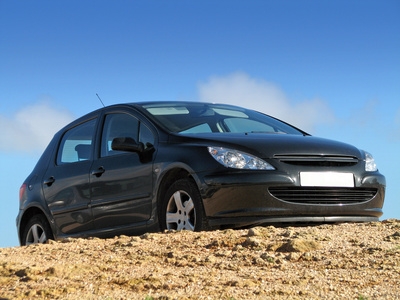
While much attention is given to maintaining the topside of a vehicle, often the undercarriage of an auto is not given much thought. However, the undercarriage of an auto can suffer damage as well as the top; the old saying "out of sight, out of mind" is not a good one to apply to the undercarriage of a vehicle.
In regions where winter weather warrants the use of salt on the roads to melt snow and ice, cars driven on these roads can be affected by the salt. While salting the roads makes driving safer, it can have a negative effect on the undercarriage of a vehicle. The salt from the roads can corrode the undercarriage of a vehicle if left unattended. To prevent this from happening, an application of sealant is recommended for cars that have to be driven extensively on salted roads.
Worn-out shock absorbers can lead to damage to the undercarriage of a vehicle. A vehicle with worn-out shocks can lead to excessive jolts for a vehicle; a good hard jolt could knock loose components underneath a vehicle such as exhaust system brackets.
Mud can be a problem in some regions and can take a toll on the undercarriage of a vehicle. If caked-on mud is not washed off the undercarriage of a vehicle, it can hold in moisture, which can cause rust.
Sometimes the undercarriage of a vehicle can be damaged from striking objects the vehicle passes over. Damage could include a rock puncturing an oil pan, or a muffler being torn loose. Vehicles with low profiles are more prone to this type of damage.